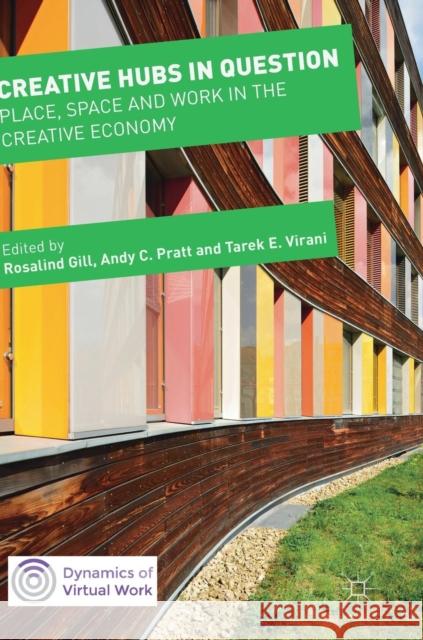Creative Hubs in Question: Place, Space and Work in the Creative Economy » książka
topmenu
Creative Hubs in Question: Place, Space and Work in the Creative Economy
ISBN-13: 9783030106522 / Angielski / Twarda / 2019 / 397 str.
Kategorie:
Kategorie BISAC:
Wydawca:
Palgrave MacMillan
Seria wydawnicza:
Język:
Angielski
ISBN-13:
9783030106522
Rok wydania:
2019
Wydanie:
2019
Ilość stron:
397
Waga:
0.82 kg
Wymiary:
21.01 x 14.81 x 3.33
Oprawa:
Twarda
Wolumenów:
01
Dodatkowe informacje:
Wydanie ilustrowane











